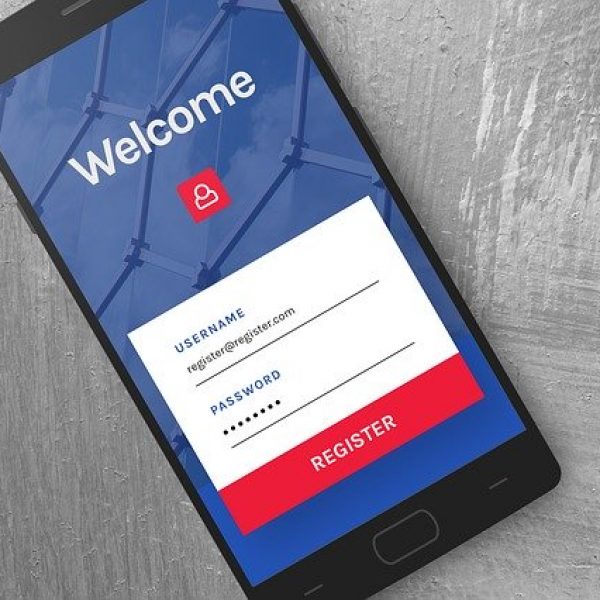Technology has always been the growth engine room of modern business. But the expectations placed on IT teams have shifted dramatically. No longer is it enough to “keep the systems running in the background”. Today, organisations want IT leaders who can sit at the planning and strategy table, shape decisions, and influence the direction of the business.
This evolution has given rise to an increased importance of the IT Business Partner. Far more than a technical expert, this role blends commercial acumen with technical know-how, creating a bridge between technology and strategy.
From Support Function to Strategic Advisor
Traditionally, IT departments were seen as service providers; the team you called when a system broke or a new tool needed rolling out. But as digital transformation has accelerated, organisations have realised that technology functions are no longer about ‘just support’. It’s central to growth, innovation, and competitiveness.
This has changed the game. IT leaders are now expected to:
- Contribute to business strategy rather than just execute it.
- Understand commercial priorities and tailor technology decisions accordingly.
Shape conversations at the executive level, not just provide updates on systems and infrastructure.
The rise of IT Business Partnering, a model where IT professionals work hand-in-hand with business leaders to ensure technology enables, rather than lags behind, strategy.
What Is an IT Business Partner Today?
An IT Business Partner acts as a connector between technical teams and business leaders. Their role is to translate technical possibilities into business value and just as importantly, to communicate business needs back to technology teams.
Rather than working in isolation, IT Business Partners are embedded within the business. They focus on understanding goals, anticipating challenges, and ensuring IT investments drive measurable outcomes.
At their best, IT Business Partners are:
- Strategic influencers who guide and support decision-making.
- Trusted advisors who align technology with business goals.
Skilled communicators who can bridge technical and non-technical conversations.
Why IT Business Partnering Matters Now
The demand for IT Business Partners is not just a passing trend. It’s a response to some of the most pressing challenges facing modern organisations:
1. Complexity of Digital Transformation
Digital initiatives touch every corner of an organisation; from marketing and finance to operations and HR. Business leaders need IT advisors who can provide clarity, cut through the noise, and ensure investments pay off.
2. Need for Agility
Market trends are shifting at exponential rates, and organisations can’t afford for technology to be a bottleneck. An IT Business Partner helps teams progress and change with speed by ensuring systems and strategies evolve together.
3. Pressure for ROI on Tech Spend
Technology budgets are under constant scrutiny. Business leaders expect not just functionality, but measurable return. IT Business Partners make this possible by aligning spend with business priorities.
Building Credibility as an IT Business Partner
Stepping into this role requires more than technical skills. To gain trust and influence, IT leaders must build credibility across the organisation. Here’s how:
Know the Business
Learn the language of the business. Understand financial drivers, customer expectations, and market pressures. This shows you’re invested beyond the IT department.
Communicate Clearly
Drop the jargon. The ability to explain complex systems in plain English builds trust and makes conversations more productive.
Demonstrate Value Early
Look for quick wins – projects that clearly showcase how IT can solve real business problems. This establishes your reputation as a results-driven partner.
Fostering Alignment Between IT and the Business
Alignment doesn’t happen by accident. It requires consistent effort from IT leaders who want to position themselves as partners:
Regularly engage stakeholders: Proactively check in with leaders across functions to understand their challenges and ambitions.
Map technology to goals: Show how IT roadmaps connect directly to the organisation’s objectives.
Prioritise collaboration over service delivery: Don’t wait for requests; instead, anticipate needs and propose solutions.
This shift in mindset changes how IT is perceived; from a cost centre to a value creator.
Influencing Decision-Making
One of the most powerful aspects of IT Business Partnering is its ability to shape key business decisions. Here are three areas to focus on:
- Be present in strategic discussions: Don’t wait for the stakeholders to ask for IT input. Position yourself as someone who should be in the room in their initial planning sessions.
- Use data to back insights: Decision-makers are more likely to act when IT recommendations are backed by strong data and real-world evidence
- Adopt a consultative style: Approach conversations as a trusted advisor, not just a problem-solver. Ask questions, challenge assumptions, and offer new perspectives.
By adopting this approach, IT leaders gain influence beyond their department and help steer the business toward smarter, future-focused outcomes.
Preparing IT Leaders for the Future
As expectations of IT professionals continue to evolve, organisations need to invest in developing these skills. Technical expertise will always be important, but the next generation of IT leaders must also be equipped with:
- Commercial acumen to understand and influence business priorities.
- Leadership and communication skills to engage at executive level.
- Strategic thinking to anticipate challenges and opportunities.
For HR and L&D teams, this means focusing not just on technical training, but on leadership development programs tailored to IT professionals.
Conclusion
The continued evolution of the IT Business Partner is essential for business success. In a business landscape defined by (super!) rapid change, IT leaders who can bridge the gap between technology and strategy are invaluable. They provide clarity in complexity, influence where it matters most, and ensure technology becomes a driver of growth rather than a reactive function.
Organisations that empower their IT teams to step into this role will not only future-proof their operations but also unlock new levels of innovation and resilience. For those ready to take this step, Impactology stands as a partner in shaping IT leaders who are prepared to influence, advise, and lead.

